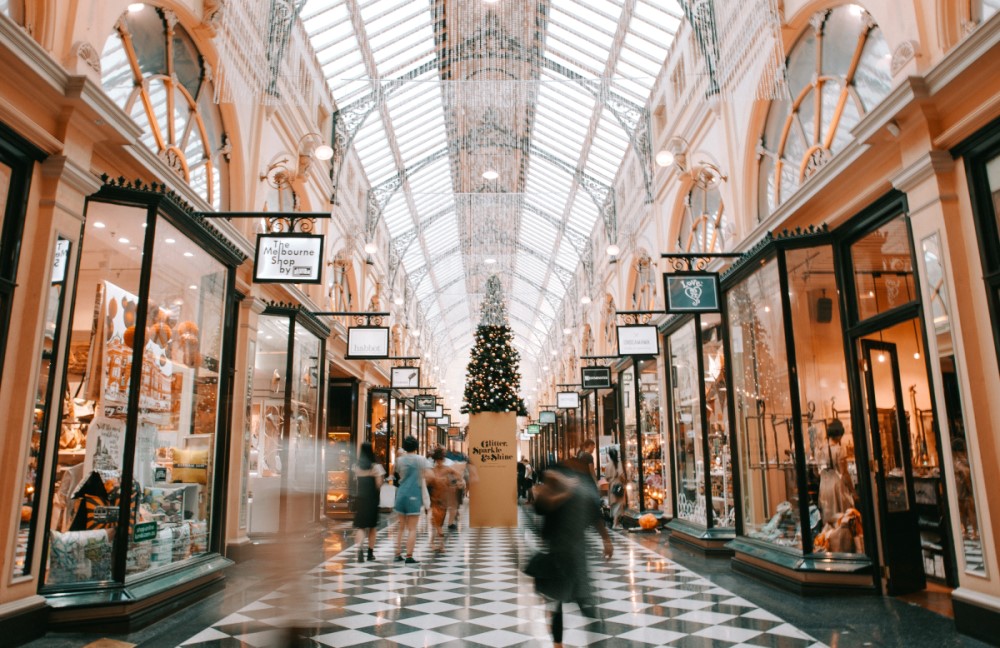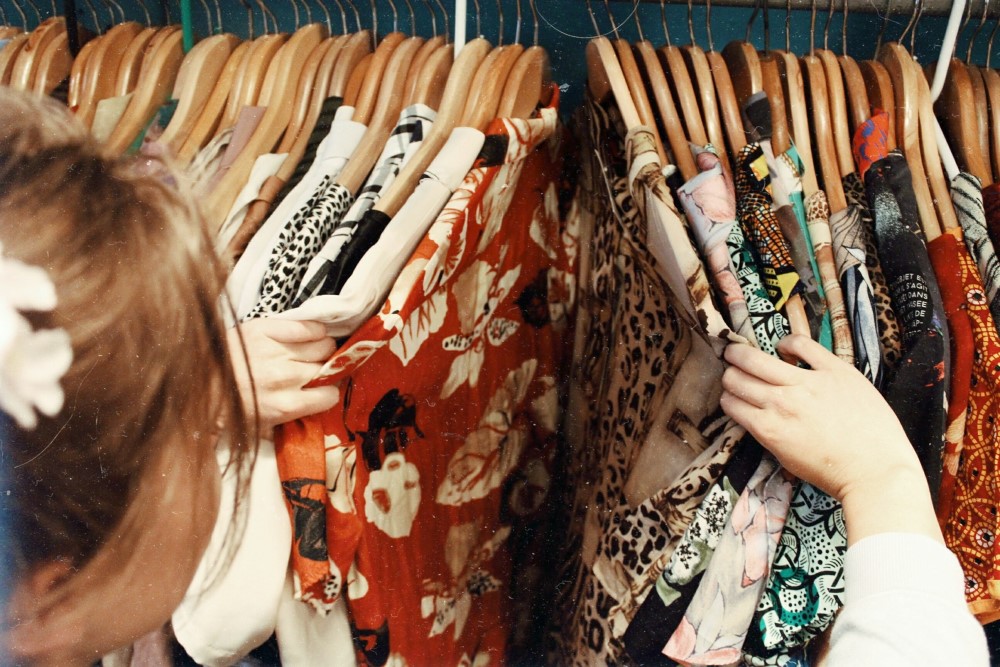Over the past few weeks we have talked about climate change mitigation in different aspects of everyday life; at home, while travelling and on the plate. This week’s article will be about necessary everyday consumer goods as their production accounts for high levels of carbon emissions – 40% of household emissions to be exact, according to the German Ministry for the Environment. What possibilities do we have to reduce their impact on the environment?
Sustainable consumption habits: what and how much
Sustainable consumption has long taken to the masses. Most retailers will advertise and sell various eco-friendly or sustainable products in the shop or online. Specialized boutiques with sustainable fashion and cosmetics have sprouted in most major cities, as green lifestyle websites and apps have taken over the net – surely, a positive impact of emissions reductions would have been recorded by now?
Unfortunately, the shift is still to be seen, as shown in a study by the German Ministry for the Environment. Buying ‘green’ alternatives without modifying the underlying consumption habits does not seem to cut it. The study commends a ‘sufficient’ lifestyle – in other words, consume less. Easier said than done in a society spurred by positive economic growth – Germans have quite a few pennies to spend in their pockets.

In 2017, a bit more than half of Germans’ private spending went to lodging, energy, transport and food. Around 45% were used for other purchases, such as clothing, furniture, home appliances, leisure and culture. There are many opportunities to incorporate climate change mitigation and a sustainable lifestyle.
Does it spark joy? Weniger ist mehr

Be honest: when was the last time you bought something you didn’t actually need? A new fashionable shirt or Roomba on offer? Or perhaps the newest mobile phone just released on the market. Even if it doesn’t cost you much, consumption has its price. Each of these products required valuable energy and resources and generated emissions and waste.
Of course, there are some things we cannot do without; and other things might just break and need a replacement. The most environmentally-friendly solution, however, is to rethink every purchase and only buy what is really useful. In her popular Netflix show, Marie Condo asks “does it spark joy” – right before liberating families of mountains of unnecessary stuff piled up in their cupboards. Instead of waiting for things to pile up, asking this question before buying an item might just save you the trouble of taking it home and having it lying around or packed away, just waiting for its turn to become just “stuff”. Plus, the positive feeling sparked by shopping fades away quickly.
Once bought, every product should be guaranteed a long lifespan, with the exception of large electronic appliances that consume a lot of electricity. But what if something breaks? Unfortunately, buying new is often cheaper than getting it fixed… Which is why volunteers have started organising “repair cafés” in which you can get an expert to help you repair a whole range of things. Many find it a new and entertaining experience, and a good way to learn some new and useful skills. For those who do not have that kind of patience, they can just drop off their broken devices to be repaired. Shops that buy and sell second-hand appliances tend to offer free pick-up of your broken appliance and will give it a second life or recycle it for parts – saving you a trip to the scrap yard.
Re-use, lend, borrow, swap and DIY
Admittedly, a hyper-minimalist lifestyle is not for everyone, and being able to choose nice clothes in the morning can give you a positive start to the day. But this doesn’t mean that everything we buy has to come straight out of the factory. For cars, buying second-hand, renting or using car sharing apps has become quite common – why not make it a habit in other sectors as well? Second-hand shops have long left behind their raggedy dusty coat vibe to become fresh hipster-hotspots. Websites like Depop and Get Swishing are easy platforms to resell and swap clothes. Designer markets abound with chic bargains, while you can find practically anything your heart desires on Gumtree, new and old. For electronics, have a look at Preloved for a great selection. Used phones, laptops and other devices can come with a guarantee and risk free.

Technically, many things do not actually need to be owned. Why buy a new drill just to mount a shelf, when asking friends or neighbours can be a good opportunity for a chat or a long overdue reunion. Swap parties are a new useful trend, where you can bring your unwanted clothes and things and swap them for other things. Pages such as Nextdoor connect people in a neighbourhood, making it easy to reach out if you need help, or to organise communal activities.
DIY is another attractive alternative: you will find that many things are quite easy to make yourself. It is a great way to create something definitely personal, while also knowing exactly what went into its making. Plus, it often turns out cheaper. The Instagram account MAKE SMTHNG offers various inspiring DIY projects, from self-grown vegetables over creative deco up to upcycling fashion. For those who like a challenge, you can sign up to one of MAKE STHG weekly DIY challenges.
Green in everyday life
What about everyday things? Even though shampoo cannot be reused, we can still select the least harmful brands. Most drugstores already offer microplastic-free cosmetics made from sustainable ingredients. Caution: not all products labeled as ‘natural’ are actually environmentally friendly. The same goes for labels: they are only as good as their underlying standards, which tend to vary greatly. For instance, the label Climatop identifies products with a good carbon footprint, but is relational which means that it only compares products of a similar category, thereby limiting understanding of the overall environmental strain and ignoring alternative product categories.
Another major environmental factor is the packaging. For example, instead of buying liquid shower gel and shampoo, you can try out soap bars or solid shampoo. Both involve less plastic packaging and are more practical – they weigh less, cannot be spilt and are easy to transport. Here again, DIY is a good way to go, especially for people suffering from allergies.

Sometimes, the sustainable solution lies not in a different product but in changing life habits. Leftovers? Choose Tupperware over plastic film. Thirsty? Drink tap water rather than bottled drinks. Bored? Read a book rather than stream Netflix. Meeting up with friends? Cook a home dinner instead of eating out. More ideas on how to make your daily life more sustainable can be found on Der Nachhaltige Warenkorb, made by the German Council for Sustainable Development (sorry, only in German). In short: so many possibilities, so much to try out.
More about every day climate change mitigation:


 Share
Share Tweet
Tweet